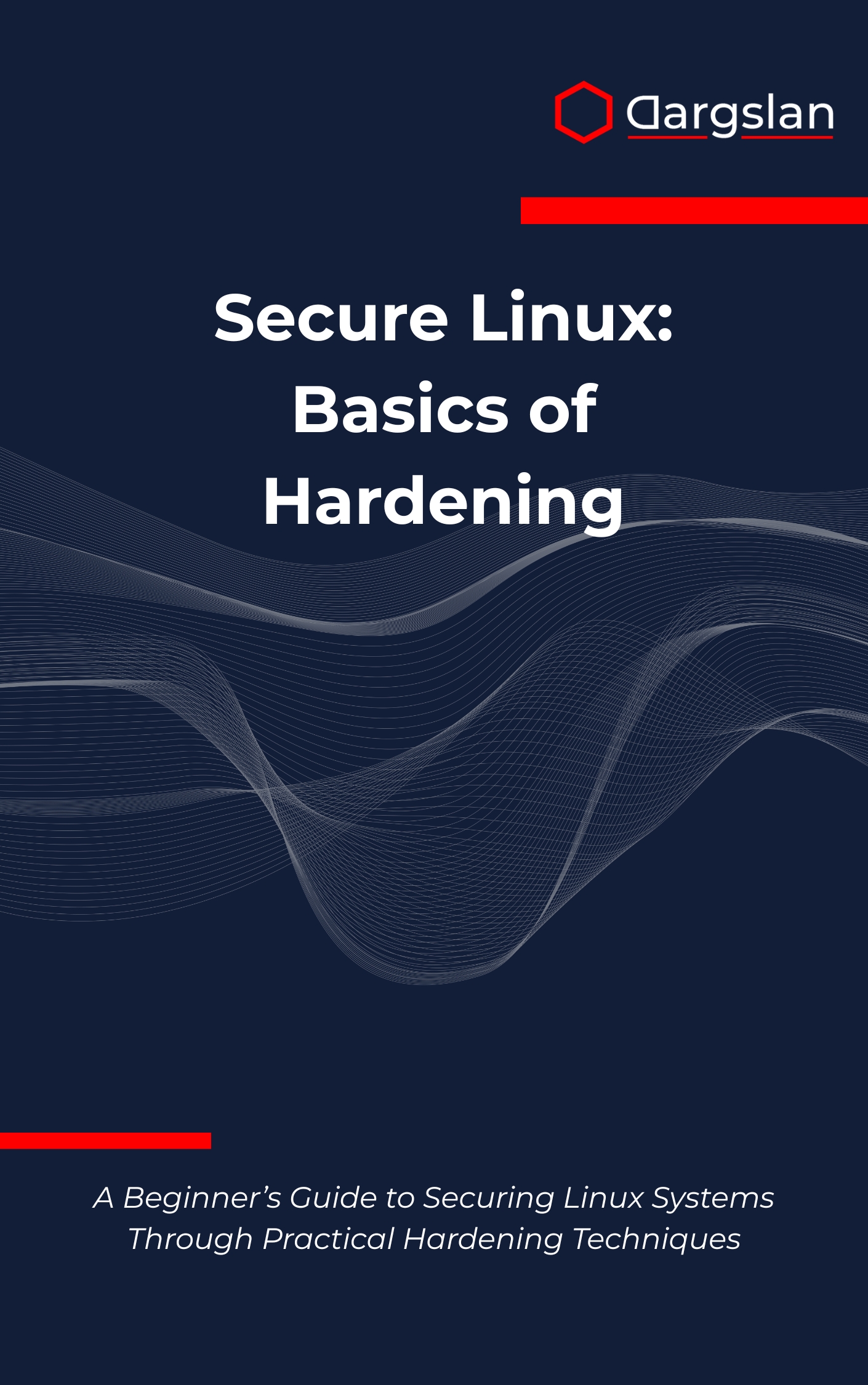Secure Linux: Basics of Hardening
Linux Hardening: Protect Your Systems,Secure Linux environments with proven hardening, auditing, and protection strategies.

Cyber threats move fast, but your defenses can move faster. If you manage Linux machines in the real world—on-prem, cloud, or at home—this book shows you how to turn default installs into resilient, production-grade builds using proven hardening methods. Expect practical steps, clear explanations, and a security mindset you can apply immediately.
From tightening SSH to enforcing mandatory access controls, you’ll learn the essentials that keep attackers out and systems stable. The result is a repeatable approach that scales from a single VPS to enterprise fleets—without guesswork.
A Beginner’s Guide to Securing Linux Systems Through Practical Hardening Techniques
Overview
Secure Linux: Basics of Hardening is a hands-on, beginner-friendly guide to building a robust defense for modern Linux environments. Framed as A Beginner’s Guide to Securing Linux Systems Through Practical Hardening Techniques, it walks you through real configurations, tested practices, and the why behind each safeguard. Whether you’re new to Linux or leveling up your ops game, this IT book doubles as a practical programming guide and a concise technical book you’ll reference often.
Inside, you’ll master Linux security fundamentals with a roadmap that covers threat modeling and attack surface analysis, user and permission management, file system security and access controls, SSH hardening and secure remote access, and service and daemon security management. You’ll configure firewall configuration and network protection with iptables and firewalld, set up system logging and audit trail management, and practice intrusion detection and suspicious activity monitoring. You’ll also implement patch management and system updates, boot security and GRUB hardening, kernel parameter optimization, SELinux and AppArmor mandatory access controls, and data encryption at rest and in transit. Rounding it out are automated hardening techniques and security scripting and automation so you can scale your defenses with confidence.
Who This Book Is For
- System administrators and DevOps newcomers who want a practical security baseline that reduces risk quickly and fits right into existing workflows.
- Developers and platform engineers aiming to secure build and deployment environments while learning exactly how to lock down SSH, services, networking, and logging.
- Students, career changers, and self-taught learners ready to build a portfolio of real hardening projects and prove job-ready Linux security skills.
Key Lessons and Takeaways
- Design a defense-first environment by mapping threats to controls, shrinking the attack surface, and enforcing least privilege via users, groups, and permissions.
- Implement layered protection with hardened SSH, strict firewall rules, service isolation, and comprehensive audit logging to detect and respond to suspicious activity.
- Operationalize security with automated updates, SELinux or AppArmor policies, kernel tuning, and repeatable hardening scripts that scale across fleets.
Why You’ll Love This Book
This guide emphasizes clarity, not complexity. Each chapter gives you step-by-step actions, real configuration examples, and the rationale behind the settings so you learn principles while building muscle memory. You’ll find checklists, templates, and practical examples that work across popular Linux distributions, helping you adopt best practices without slowing down delivery.
How to Get the Most Out of It
- Follow the progression: start with fundamentals and threat modeling, then move into user and permission management, network and firewall configuration, logging and auditing, and finally advanced controls like SELinux/AppArmor, kernel tuning, and boot security.
- Apply each concept in a lab first, then port the changes to staging and production with version-controlled configs. Track your baseline, document deviations, and schedule recurring reviews for patch management and policy updates.
- Build mini-projects: harden SSH with key-based auth and restricted ciphers; create a minimal firewall policy; configure audit rules for critical files; enable GRUB and boot protections; add a script or Ansible role to automate your baseline across hosts.
What You’ll Learn in Practice
Beyond theory, you’ll perform concrete tasks that improve your security posture from day one. You’ll configure SSH to eliminate password-based logins and enforce tight access; set up firewalld zones and iptables rules to reduce network exposure; and isolate daemons with principle-of-least-privilege settings. You’ll standardize system logging, route events to a central location, and build actionable audit trails that simplify incident response.
You’ll also explore intrusion detection and suspicious activity monitoring, enabling alerts for unauthorized changes and privilege escalations. Kernel parameter optimization and boot security and GRUB hardening ensure your defenses start early in the boot process. With SELinux and AppArmor mandatory access controls, you’ll confine processes and limit blast radius, while data encryption at rest and in transit protects sensitive assets everywhere they live or move.
Automation That Scales
Manual hardening doesn’t scale. That’s why this guide emphasizes automated hardening techniques and security scripting and automation from the beginning. You’ll learn how to templatize configurations, validate desired state, and enforce consistency through simple scripts or your favorite config management tool.
The payoff: reproducible builds, faster recovery, and fewer surprises. As your fleet grows, you’ll maintain a secure baseline across Linux hosts with minimal overhead, all while keeping changes auditable and easy to roll back.
Real-World Readiness
Every technique in this book is production-tested and aligned with current best practices. Instead of generic advice, you’ll see concrete examples that map to common server roles and cloud scenarios, giving you confidence to deploy changes safely.
By the end, you’ll have a checklist-driven workflow that turns ad hoc hardening into an ongoing program. The result is a resilient Linux estate with clear observability, rapid patching, and enforceable policies.
Get Your Copy
Build a secure, repeatable foundation for every Linux system you manage. Put proven hardening techniques to work and protect your infrastructure with confidence.




